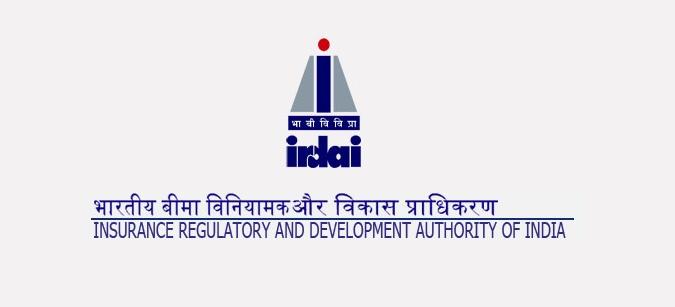Due to various geographical and cost factors, many financial products are not easily available to the rural population. In an effort to make the health products accessible to rural India, Insurance Regulatory and Development Authority of India (IRDAI) shares the use of mobile technology in the IRDA Journal June, 2015.
Extract from the IRDA Journal June 2015
Mobile Technology: Making Healthcare Accessible for Rural India
Mobile and handheld devices have made much headway in India even among the rural folk. According to the Telecom Regulatory Authority of India, as of 2014, registered mobile connections in India stands at 944 million. In rural India, by June 2015, 53 millionaire likely to have access to Internet on their mobile phones and the reach of Internet on mobile phones is expected to grow at a steady pace in the future as well. Given this data, the scope of tapping mobile devices to provide and spread healthcare services in the rural areas is huge. A mobile device is a small portable device that comes with low maintenance and utility costs and thus, a promoter that can drive the innovation in the rural healthcare sector.
How will the Mobile work?
Inform: The first step in this process is to use the handheld device effectively to bring information to the fingertips of the rural people. A mobile device can be used to send SMS’ or FLASH! Alerts that provides information regarding health insurance schemes in a few words and in the language known by the consumer.
Subscribe: After getting information about the available health schemes and qualifying the eligibility criteria, the user should be able to subscribe or register for the health schemes. Alternatively, the system of missed call to a number or sending Yes/No messages to toll free numbers, provision to pay premium for health insurance, can make consumer’s life easy to a great extent.
Monitor: After registering for the health scheme, the consumer should be able to track the status and retrieve the history by sending SMS. The consumer will not have to travel to any office for information. Having a history can also eliminate the need for maintaining paper records, which will help to reduce the costs related with utilization of health schemes.
Utilize: Finally, s/he should be able to use the health scheme using the mobile device. The facility can check his/her subscription Id or mobile number and use their handheld devices to check the history of the patient’s health scheme and verify the eligibility. Here too, the need to carry documents is eliminated thus resulting into paperless transactions. Also enables, both the patient and the hospital to get information in real-time, making the entire process simple and efficient for everyone involved.
Using the registered mobile number or a unique Id, the beneficiary can get all information such as account balance, health insurance records, and pension-related information, etc.at the click of a few buttons. Enabling the consumers to give missed call or call toll free numbers for information as well as urgent assistance can help to bring services to their door step and eliminate the need to travel for miles and save their time and effort. The need is to deliver healthcare services efficiently to the deepest, most scattered pockets of the country, to make affordable and accessible healthcare for all in the truest sense.

